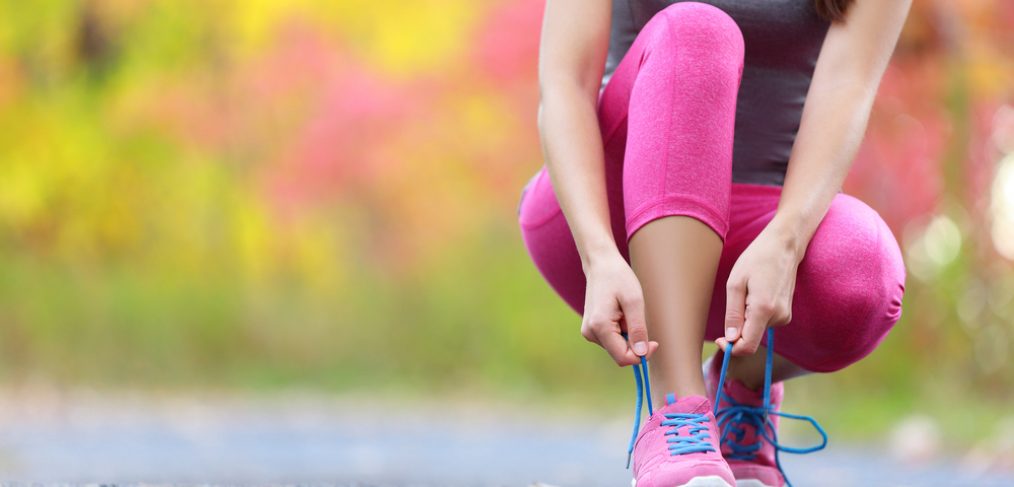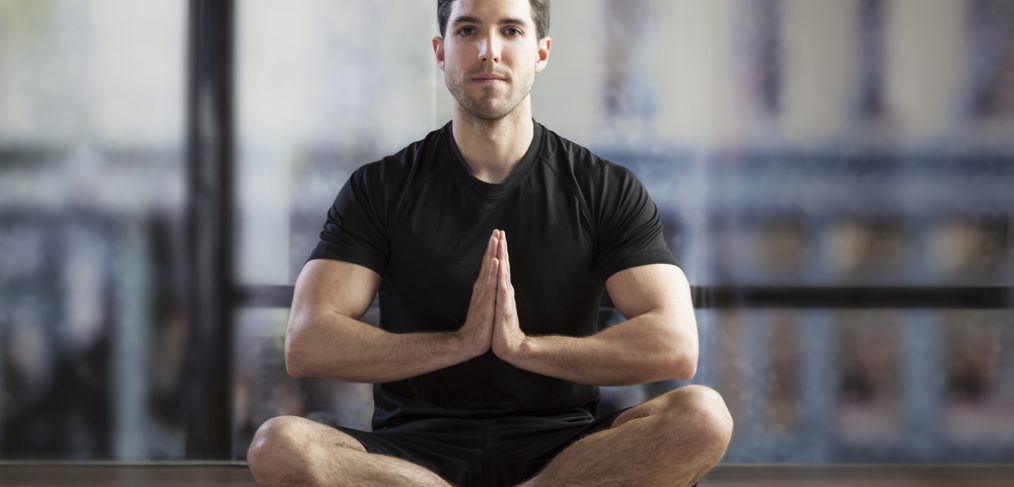There’s no doubt that a lot of really pretty flowers exist in this world. All of them have their merits, all of them are beautiful and aesthetically pleasing for different reasons, and a lot of them have interesting facts associated with them. The lotus boasts near-perfect symmetry unlike any other flower (lotus flowers look so perfect it’s hard to believe they’re not fake), honeysuckle and jasmine smell amazingly sweet and pungent, morning glories open up in the day and close at night, and their counterpart in the same genus, moonflower, does the opposite, closing every morning and opening at dusk.
Majesty of the Queen of The Night
But one flower, in particular, boasts beauty, lovely scent, and fascinating novelty all in one package. This flower is the bloom of the Night-Blooming Cereus Cactus, Selenicerous grandiflourus, also known as the queen of the night. The plants grow only in Mexico and parts of southern U.S. They’re rather unimpressive looking most of the time, but one night a year, and one night only, their lovely, sweet-smelling flowers open at dusk, and wither away at dawn. This event is considered wondrous to behold, and even worth traveling to see.
Road Trip!
In fact, if you’re looking for a last-minute travel idea, why not head to a desert flat habitat in southern Arizona, East to West Texas or South to North Mexico and see if you can’t see one of these things bloom? It typically happens in late June or early July for any given plant, so you may not be too late? And even if you are, it’ll be worth it for the trip itself. Who doesn’t like an early summer road trip?
Indulge in the Scent of Elusive Beauty
If the Night-Blooming Cereus’ elusiveness, novelty, beauty and especially pleasant smell appeal to you, there’s another way you can celebrate this flower’s majesty. The perfume company “Once in a Bloom Fragrances” has a “Desert Queen Fragrance” designed to emulate the intoxicating scent of this flower so few have ever seen or smelled.
Grow One Yourself!
Though the plant has rather lackluster features, it could still make an interesting, eclectic accent for a modern household. The cactus (which doesn’t look much like the conventional idea of a cactus) has angular, twiggy, sparse stems around half an inch in diameter, and the plant typically reaches between 4 and 8 feet tall. It grows well in rock gardens, is fairly hardy, and can be grown from cuttings. If you want to be to see a Cereus flower bloom with your own eyes, growing it yourself as a houseplant could very well be your best bet. Just remember this isn’t a project to be undertaken by those early to rise, early to bed! Night-owls will get the most benefit and be the least likely to miss it when this beauty finally blooms some day late June or early July.














